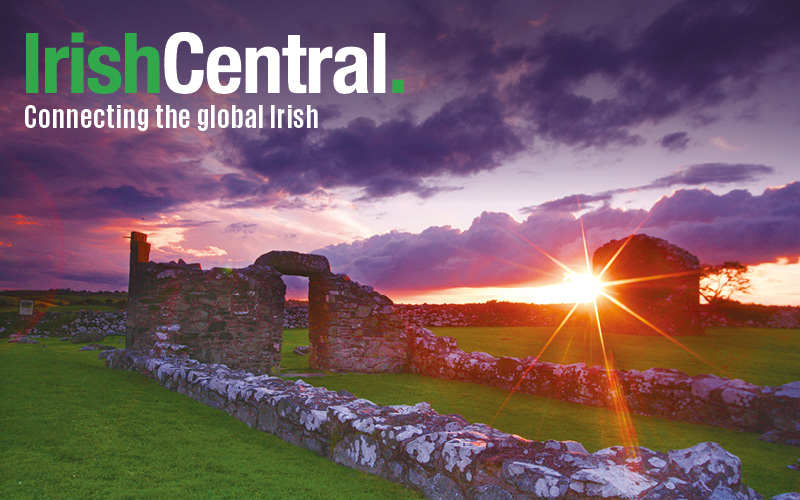Findmypast is working in partnership with IrishCentral to share fascinating insights into your Irish ancestors. Click here to get a special half price subscription, and discover your Irish roots today!
Have you ever wondered what your ancestors' school days were like? For many Irish children in the 19th and early 20th century an education was a luxury. Levels of poverty were so high that children simply couldn’t take the time to go to school, instead working to help support their family. Many rural children would have helped on the farm while city children sold small things on street corners or even begged. Education was not made compulsory in Ireland until 1892 so many children ended up not even getting a basic primary education. But school existed to teach children the three “R”s – reading, writing and arithmetic. Now newly digitized school registers ring the schoolyard bell and give an insight into those early school days.
The National School system in Ireland was set up in 1830 and the records that you can find on Findmypast start from 1860. The idea was to provide a basic education for the poor children of Ireland, of any denomination. These early schools were proudly non-denomination. Any religious teaching had to be kept separate from secular lessons – designed as a well-rounded “moral and literary” education – so some schools even taught drawing as well. The idea was that the boards of the schools would also be multi-denominational but this idea failed to take off. The various religious denominations lobbied the government to allow single faith schools and gradually that model took over. There were also increasing numbers of faith-based schools outside this secular model as first the Presbyterians, then the Catholic Church and Church of Ireland wanted a less secular approach.
Findmypast’s Irish school records, which are presented in conjunction with the National Archives of Ireland, come from schools that no longer exist. Many were smaller schools or ones catering for a dwindling community. Classes are often divided into girls and boys but different ages are mixed together. The child’s age is given as well as their address and you can also find out where, if anywhere, they had been to school before. One of the most interesting pieces of information given is the occupation of the parent or guardian. You can also find out when the child joined the class and when they left as well as what their attendance was like.
For example the register of the Grangegorman National School from 1891 shows a mix of occupations and attendances. 6-year-old William Ayres was the son of a laborer and his address is given as the school house. His attendance was pretty good (perhaps unsurprising if the schoolhouse home was the one he attended.) He has test results for the 5 years he attended the school for Reading, Spelling, Writing and Arithmetic, as well as Grammar and Geography. He had been in Kindergarten in his first year and learnt music and drawing as well. In 1892 something must have happened as he was missing for the year but he returned in 1893 and carried on his education.
By contrast his classmate Harry Chadwick attended the school only briefly. He was 10 in 1892 and according to the note in the register had not been to national school before. He was enrolled into second class but only attended 18 days in the year. A clue as to why he might have left may be in the parental occupation. Harry’s father (presumably) was an actor so it is probable that little Harry went on tour when his parent did and that left very little time for lessons.
Why not see if you can find your Irish ancestors in the registers – or just browse through them? The National School Registers are a fascinating glimpse into pre-Independence education and well worth a look.
For more stories on tracing your Irish heritage from Findmypast click here.
*Originally published September 2015.




Comments